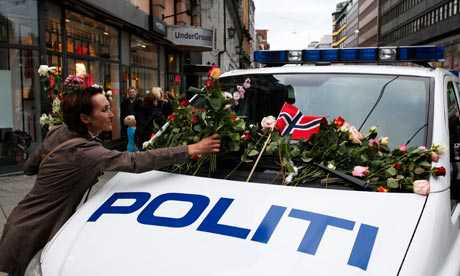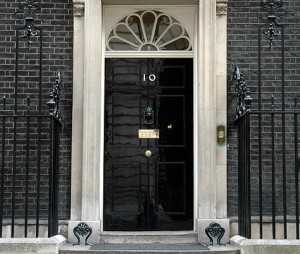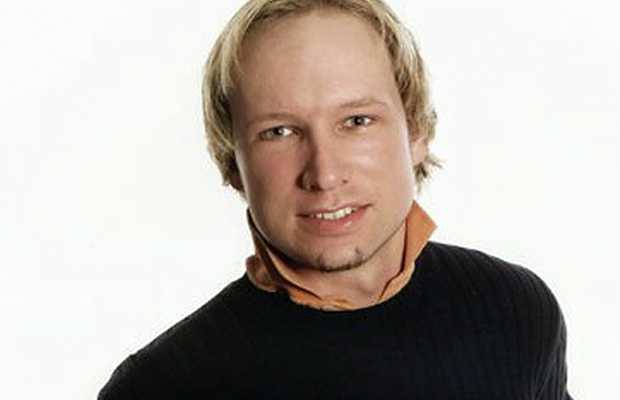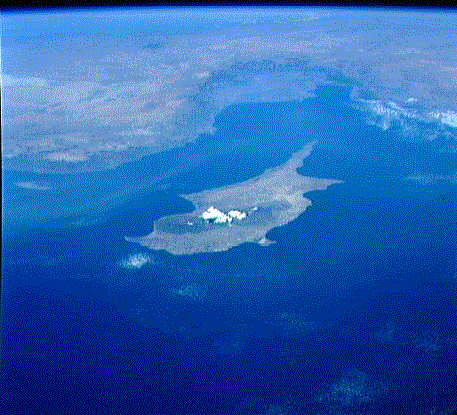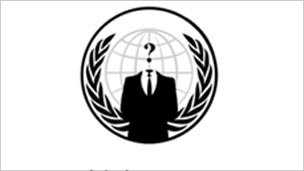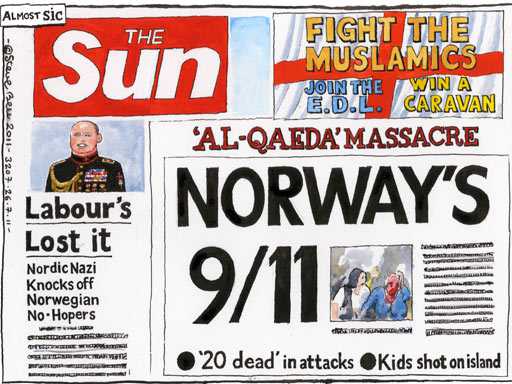 Friday’s horrendous attacks in Norway raise the inevitable question: Is the man who has admitted them, Anders Behring Breivik, a one-off psychopath or is he the start of something frighteningly new in Europe?
Friday’s horrendous attacks in Norway raise the inevitable question: Is the man who has admitted them, Anders Behring Breivik, a one-off psychopath or is he the start of something frighteningly new in Europe?
That there are those in Europe who, like Breivik, are fanatically opposed to immigration, detest multiculturalism and have a particular hatred of Islam is known. These are the hallmarks of the far right across Europe (not to mention the US, Russia and elsewhere). But is the far right in such places now prepared to kill, as he has killed, in furtherance of these bigoted, twisted ideas?
That he acted alone in planning and carrying out his murderous rampage seems to be the case although he admits to contacts with similarly-minded fanatics in the UK and there is a possible link with the far right in Poland. But he also says are 80 sleepers in Europe, prepared to murder thousands of people in pursuit of eradicating Islam in Europe and to make it a monocultural continent — something it has never been. These claims cannot simply be dismissed as the ravings of a fanatic. They have to be thoroughly investigated.
In his 1,500-page online manifesto, uploaded just before Friday’s killings, he makes it clear that his aim is not only to “cleanse” Europe of Muslims but also to eliminate all who promoted or supported multiculturalism there and opened the door to Muslim immigrants — its politicians, journalists, lawyers and others. His potential targets included the UK’s Prince Charles, its former Prime Ministers Tony Blair and Gordon Brown, Germany’s Chancellor Angela Merkel and members of all its political parties, European Commission President José Manuel Barroso (popularly known as Durão Barroso in Portugal), former Norwegian Prime Minister Gro Harlem Brundtland and politicians in Belgium, France, the Netherlands. It was not only Europe’s political establishments he hoped to destroy. Targets also included oil refineries and nuclear power plants. His plan was to attack the very core of Western society which he sees as corrupted by liberalism and socialism. This is fanaticism on a scale of insanity not seen since the demise of the Adolf Hitler.
That he calls himself a modern-day Knight Templar, a successor to those commandoes of the medieval Crusades, proclaims him a fantasist. This is the stuff of a Dan Brown novel. But while he is not the first person to imagine himself a Templar, he is the first to cross the divide between fantasy and reality. His is a fantasy soaked in the blood of almost a hundred people, a fantasy made real by a frightening dedication to his hatreds.
Here is Europe’s Al-Qaeda. Anders Behring Breivik and Osama Bin Laden are two sides of the same coin: a fanatical belief that their cultures must be purified, that the political establishments which have overseen their degeneration must be destroyed and that anything “alien” rigorously excluded.
Just as there have been those in the Muslim world who followed Bin Laden, copied his methods or sympathized with his objectives, it is entirely possible that there will be those in the West who will regard Breivik as a hero to be emulated. The language he uses is chillingly reminiscent of Al-Qaeda. He refers to the supposed 80 sleepers across Europe as “martyrs”. Are there going to be other bomb attacks, other killings? We hope that Breivik is a one-off. But we dare not assume so.

